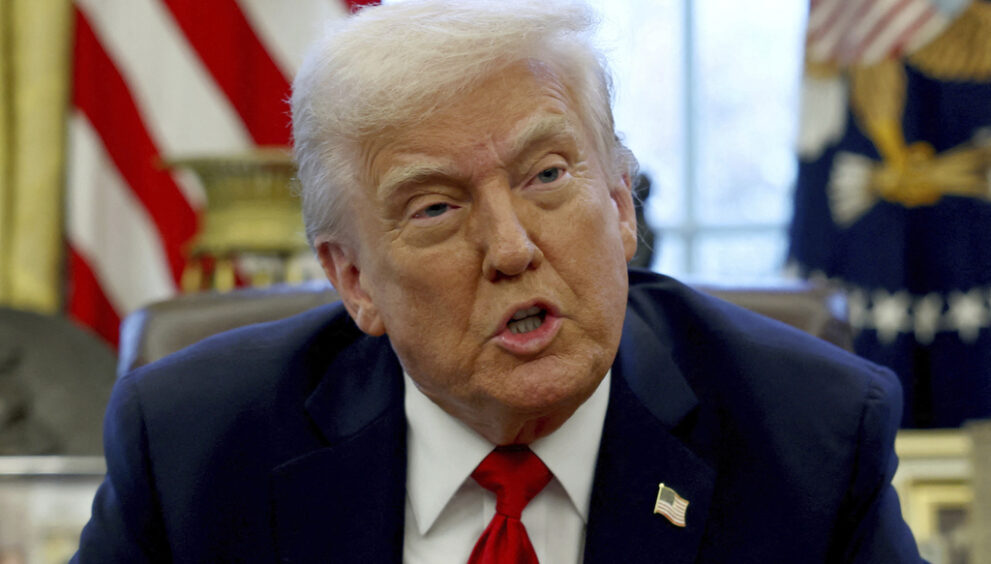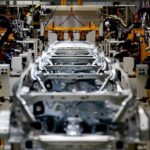The Potential Consequences of Trump’s Focus on Manufacturing for the United States

President Trump’s emphasis on reviving American manufacturing is centered on promises of bringing back factories, blue-collar jobs, and reducing reliance on China. It’s a powerful message that resonates with nostalgia, economic frustrations, and national pride.
However, the reality is not swayed by emotionally charged sentiments. A large-scale initiative to rejuvenate American manufacturing could have harmful consequences beyond increased prices at the checkout. Consumers burdened by housing costs, debt, and rising prices would face even greater strain.
Another significant cost that often goes unmentioned is the environmental impact. Reviving large-scale manufacturing would mean a resurgence of smog, industrial runoff, poisoned rivers, and toxic waste that America had been outsourcing for decades. The U.S. offshored not only manufacturing for cheap labor but also pollution.
Bringing back these industries equates to bringing back that pollution. Despite political loyalties, no one desires a factory waste dump in their backyard. Skeptics should look to past factory cities like Pittsburgh, Detroit, and Cleveland. They were once hubs of industry but had also become wastelands of soot, smog, and contamination.
Furthermore, if factories do return, stringent environmental regulations aimed at keeping American air and water clean would inflate manufacturing costs to a point where businesses would either pass expenses onto consumers or relocate offshore again.
Considering a scenario where millions of factory jobs are brought back, the question arises – who would fill them? The manufacturing landscape today requires specialized skills in robotics, programming, and precision engineering, unlike the past where a high school diploma sufficed. The U.S. had shifted away from technical fields, resulting in a shortage of skilled labor. Foreign labor or untrained American workers may not be suitable solutions, impacting quality, competitiveness, and posing logistical challenges.
Moreover, the notion that bringing factories back would alleviate the trade deficit is naive and factually incorrect. The U.S. currently imports more than it exports not only due to outsourcing but also a demand for cheap goods and variety. Even if factories return, components and raw materials would still come from abroad, complicating supply chains.
In conclusion, Trump’s focus on manufacturing revival, although appealing, might overlook the complex realities of modern industry and work preferences. Prioritizing technology, infrastructure, and energy independence over outdated manufacturing dreams could foster American competitiveness and progress. It’s crucial to acknowledge these shifts to facilitate real economic growth and innovation in the country.






















































































































































































































































































































































































































































































































































































































































































































































































































































































































































































































































































































































































































































































































































































































































































































































































































































































































































































































































































































































































































































































































































































































































































































































































































































































































































































































































































































































